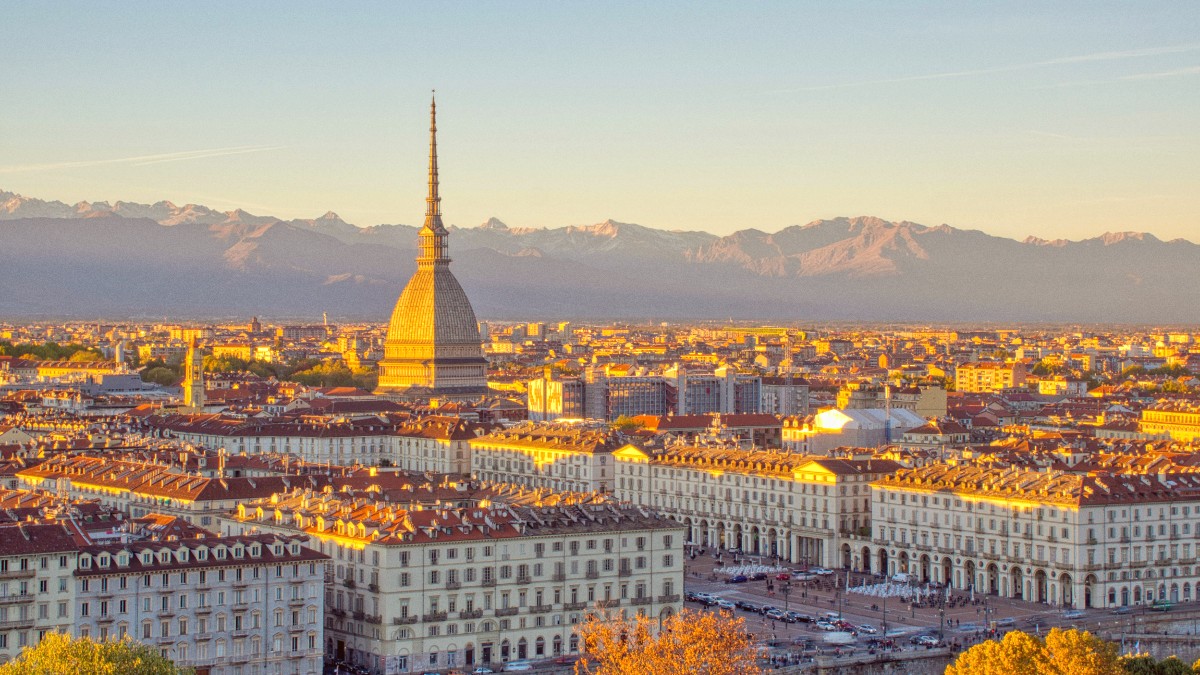
Liguria Piedmont And Valle Daosta, Italy
Turin's skyline is graced by architectural marvels, and its streets feature sites that narrate its past. UNESCO World Heritage sites dot the city, reflecting its regal lineage as the former capital of the Duchy of Savoy and later, the Kingdom of Sardinia.
The city's diverse structures portray its long and storied journey, from Roman foundations to Baroque grandeur.
Weekday mornings typically present the least crowded times for museums.
Explores Italy's unification process with artifacts and documents.
Dedicated to the history of the famous Lavazza coffee company.
Art gallery on the former Fiat Lingotto rooftop, with masterpieces by Matisse, Picasso.
Turin's major opera house, hosting opera and ballet seasons.
Revitalized industrial complex for contemporary art exhibitions, concerts.
Turin’s history etched into its very foundations, presenting a compelling journey through ancient, medieval, and modern eras.
One of the world's best-preserved ancient Roman city gates, a robust reminder of Turin's origins.
Turin's oldest district, with narrow, winding streets on Roman foundations, retaining medieval charm.
Explore areas like Crocetta and Corso Francia for beautiful examples of this decorative style.
The city's main cathedral, a significant Renaissance structure, housing the Chapel of the Holy Shroud.
One of Turin's oldest and most revered churches, a Baroque gem with ornate decorations and a spiritual atmosphere.
A Baroque church by Guarino Guarini, known for its remarkable, geometrically complex dome.
A UNESCO World Heritage site with layered history, from Roman gate to Baroque palace, now housing the Civic Museum of Ancient Art.
Majestic Baroque basilica on a hilltop overlooking Turin and the Alps. Burial place for the House of Savoy, accessible by rack tramway.
Turin's largest public park along the Po River, with Castello del Valentino (UNESCO) and the Borgo Medievale (replica village).
Turin's deep industrial background as Italy's automotive capital and its military past are on display at several locations.
While mainly an urban center, Turin presents green spaces within the city and straightforward access to stunning natural landscapes a short distance away.
Explore Parco del Valentino, Orto Botanico, and Giardini Reali for tranquil green escapes.
Monte dei Cappuccini and Basilica di Superga offer iconic panoramic views of Turin and the Alps.
The Po River flows through Turin. Nearby Lake Maggiore and Lake Orta offer picturesque settings for day trips.
Explore Mercato di Porta Palazzo, Europe's largest open-air market, for local immersion. Borgo Campidoglio shows an artistic neighborhood with murals and galleries. The Museo di Antropologia Criminale "Cesare Lombroso" attracts those with an interest in the unusual.
Capture the classic Mole Antonelliana shot from Via Montebello. The Po River at sunrise or sunset creates beautiful reflections of the cityscape and bridges. Turin's extensive arcaded sidewalks ("Portici") furnish unique architectural symmetry and leading lines for photography.
Murazzi del Po, former boathouses turned into a lively district of bars and clubs, is a local nightlife and social hub. Piazza della Repubblica, where Porta Palazzo market operates, hums with daily activity.
The Langhe-Roero and Monferrato wine regions, south of Turin, constantly evolve with new wineries and agriturismi. Enoteca Regionale Piemontese Cavour in Grinzane Cavour Castle a chance to sample a wide variety of Piedmontese wines.
Visible remains of the Roman theater near the Royal Palace provide a glimpse into the city's ancient entertainment and public life.
Turin's cultural scene reaches beyond traditional museums.
Always consult local listings for current temporary exhibitions and cultural programming during your visit.
For optimal viewing and fewer crowds at popular sites like the Mole Antonelliana or Egyptian Museum, consider visiting early in the morning right after opening or during weekdays.
Avoid Sundays, specifically the first Sunday of the month, when many state museums have free entry, drawing larger crowds.
Turin's allure extends to its lively street life, charming arcades, and varied viewpoints.
Explore Turin's grand, arcaded streets that display the city's elegant Baroque and Neoclassical architecture.
Turin's squares are not just open spaces but central hubs of city life and historical significance.
Beyond the Royal Palace within the city, several other royal residences are part of the UNESCO World Heritage list.
These residences represent the grandeur of the House of Savoy.
Remnants of Turin's Roman past are still visible and accessible.
These sites ground the city in its ancient origins as Augusta Taurinorum.
Commemorative structures dot the city, marking pivotal moments and figures in Italian history.
These structures speak to Turin's past and its place in Italian nation-building.
Weekday mornings, especially right after opening, typically feature the fewest crowds for museum visits. Avoid Sundays, specifically the first Sunday of the month when state museums may offer free entry, drawing many more people.
While Monte dei Cappuccini is a popular spot, it presents ample space. For a slightly distinct perspective, explore the various bridges over the Po River at different times of the day, revealing new angles of the city skyline.
Turin's extensive arcaded sidewalks ("Portici") furnish unique architectural symmetry and leading lines for photography, shaping intriguing perspectives under various lighting conditions. Early mornings are best for these shots.